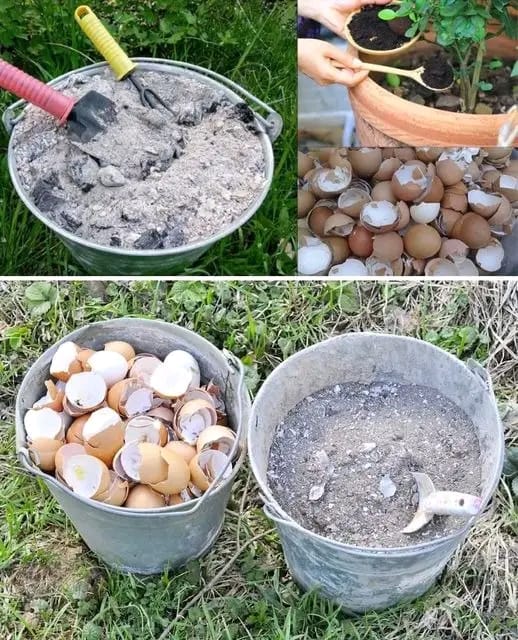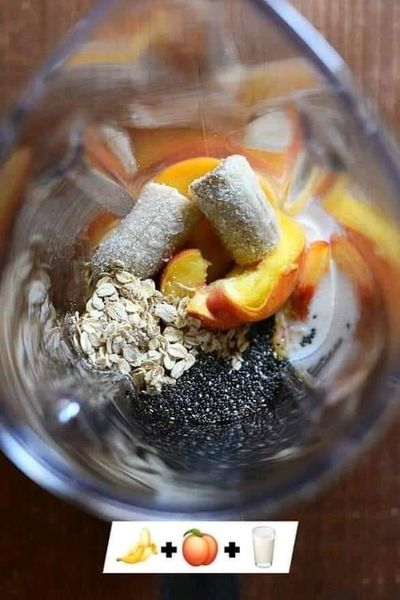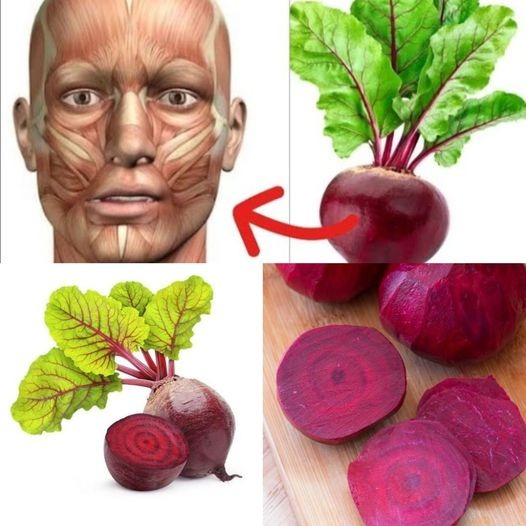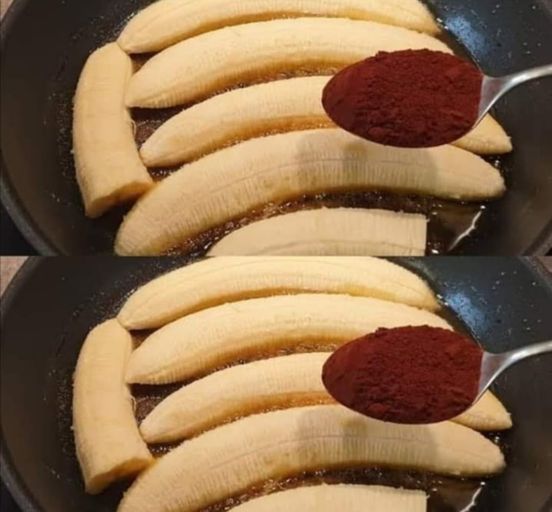Ever wonder what those thriving gardens across the street use for fertilizer? The answer might surprise you – it’s not always fancy chemicals! Today, we’re diving into the wonderful world of organic fertilizers. Not only are these options good for your plants, but they’re also kind to the environment and your wallet. So, ditch the store-bought stuff and whip up some of these amazing concoctions for your garden!
Recipes for a Thriving Garden:
- The Kitchen Compost King:
This recipe utilizes treasures you already have!
- Ingredients: Fruit and vegetable scraps (coffee grounds, eggshells, banana peels), leaves, twigs
- Method: Compost these together in a designated bin. Turn the pile regularly to aerate it. In a few months, you’ll have nutrient-rich compost to feed your plants.
- The Weed-Whacker Wonder:
Don’t despair over those pesky weeds!
- Ingredients: Weeds (avoid diseased ones)
- Method: Chop the weeds finely and soak them in a bucket of water for a few weeks. Strain the liquid, dilute it with water, and use it as a fertilizer – the weeds become a feast for your plants!
- The Caffeinated Cure:
Give your plants a morning pick-me-up!
- Ingredients: Used coffee grounds
- Method: Work the coffee grounds directly into the soil around your plants. The grounds add nitrogen, a key nutrient for healthy growth.
- The Banana Bonanza:
Don’t toss those peels!
- Ingredients: Banana peels
- Method: Chop or bury whole banana peels around the base of your plants. As they decompose, they release potassium, which helps with flowering and fruiting.
- The Eggshell Extravaganza:
Eggshells offer more than breakfast!
- Ingredients: Eggshells
- Method: Crush eggshells finely and sprinkle them around the base of your plants. They decompose slowly, releasing calcium, which strengthens cell walls and improves plant health.
Bonus Tip:
For a quick nutrient boost, use the water you boiled vegetables in as a plant fertilizer!
Remember: With organic fertilizers, a little goes a long way. Start with smaller applications and adjust based on your plants’ needs. Happy fertilizing!
Ever wonder what those thriving gardens across the street use for fertilizer? The answer might surprise you – it’s not always fancy chemicals! Today, we’re diving into the wonderful world of organic fertilizers. Not only are these options good for your plants, but they’re also kind to the environment and your wallet. So, ditch the store-bought stuff and whip up some of these amazing concoctions for your garden!
Recipes for a Thriving Garden:
- The Kitchen Compost King:
This recipe utilizes treasures you already have!
- Ingredients: Fruit and vegetable scraps (coffee grounds, eggshells, banana peels), leaves, twigs
- Method: Compost these together in a designated bin. Turn the pile regularly to aerate it. In a few months, you’ll have nutrient-rich compost to feed your plants.
- The Weed-Whacker Wonder:
Don’t despair over those pesky weeds!
- Ingredients: Weeds (avoid diseased ones)
- Method: Chop the weeds finely and soak them in a bucket of water for a few weeks. Strain the liquid, dilute it with water, and use it as a fertilizer – the weeds become a feast for your plants!
- The Caffeinated Cure:
Give your plants a morning pick-me-up!
- Ingredients: Used coffee grounds
- Method: Work the coffee grounds directly into the soil around your plants. The grounds add nitrogen, a key nutrient for healthy growth.
- The Banana Bonanza:
Don’t toss those peels!
- Ingredients: Banana peels
- Method: Chop or bury whole banana peels around the base of your plants. As they decompose, they release potassium, which helps with flowering and fruiting.
- The Eggshell Extravaganza:
Eggshells offer more than breakfast!
- Ingredients: Eggshells
- Method: Crush eggshells finely and sprinkle them around the base of your plants. They decompose slowly, releasing calcium, which strengthens cell walls and improves plant health.
Bonus Tip:
For a quick nutrient boost, use the water you boiled vegetables in as a plant fertilizer!
Remember: With organic fertilizers, a little goes a long way. Start with smaller applications and adjust based on your plants’ needs. Happy fertilizing!



